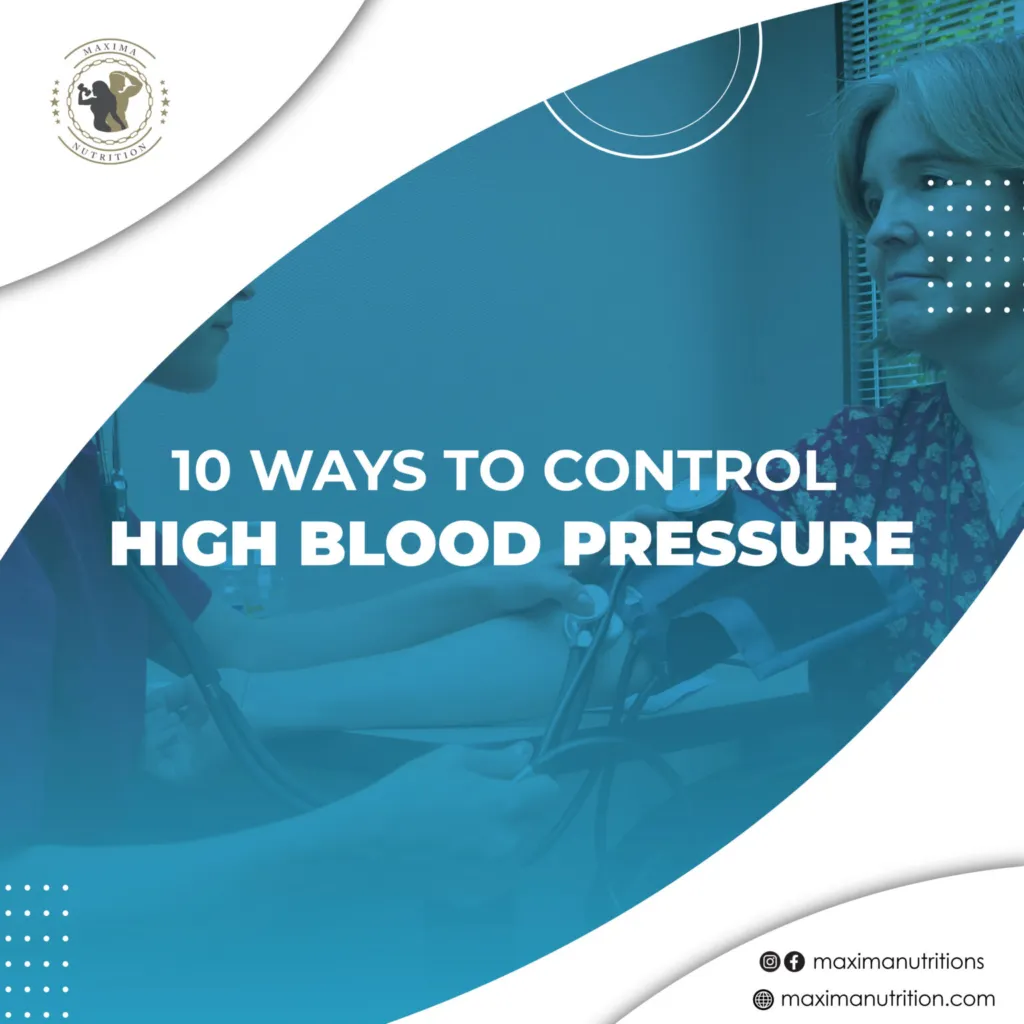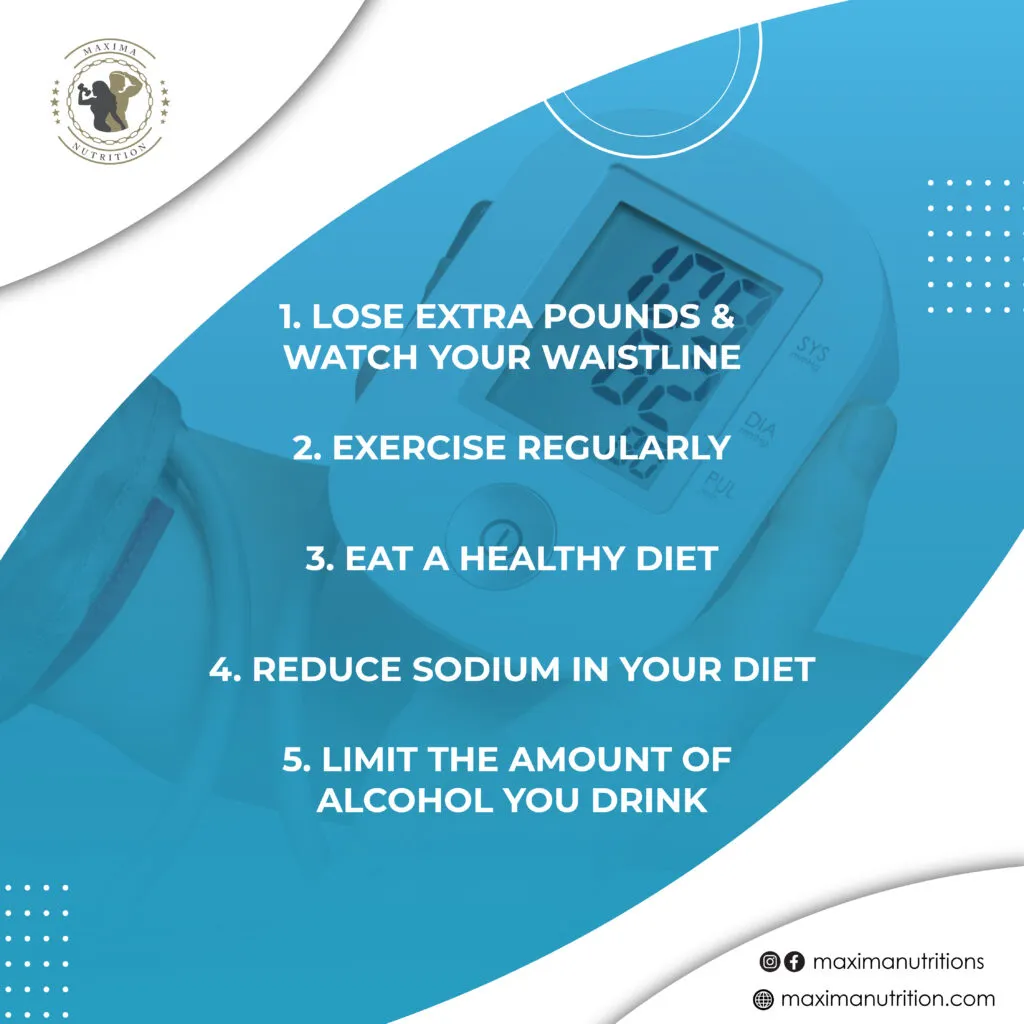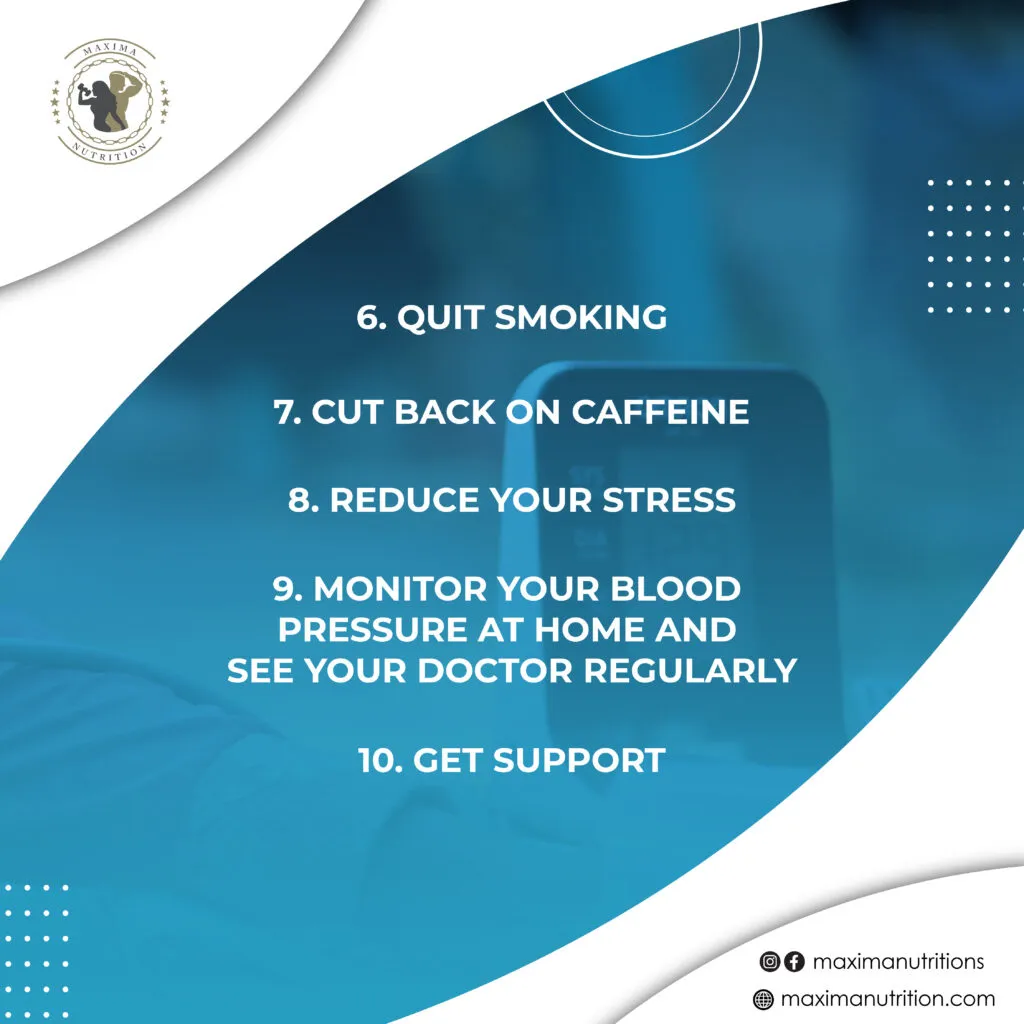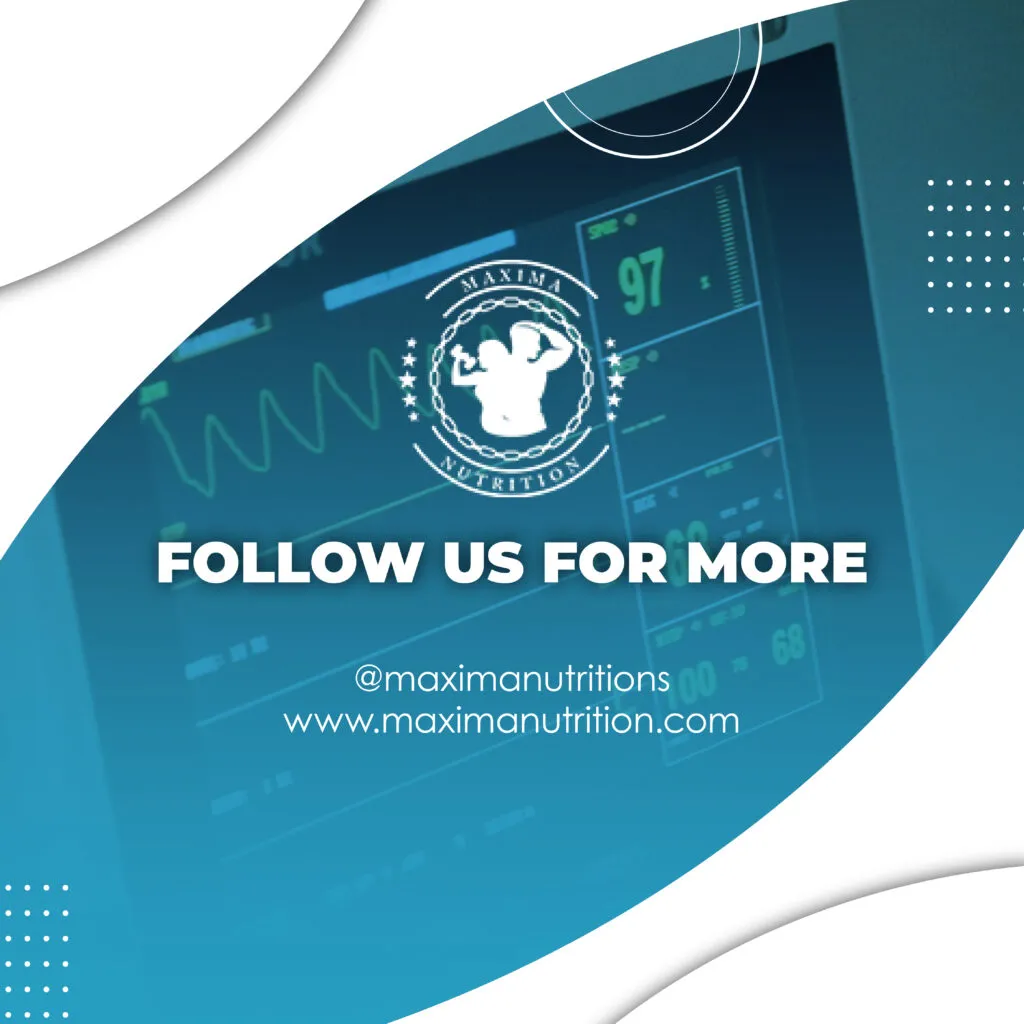
High blood Pressure is called the “silent killer” for good reason. It often has no symptoms but is a major risk of heart disease and stroke. Your blood pressure depends on how much blood your heart is pumping, and how much resistance th
ere is to blood flow in your arteries. The narrower your arteries, the higher your blood pressure.
Blood pressure lower than 120/80 mm Hg is considered normal. Blood pressure that’s 130/80 mm Hg or more is considered high.
If you’ve been diagnosed with high blood pressure, you might be worried about taking medication to bring your numbers down. The good news is that you can make changes to significantly reduce your numbers and lower your risk — without requiring medications. Lifestyle plays an important role in treating your high blood pressure. If you successfully control your blood pressure with a healthy lifestyle, you might avoid, delay or reduce the need for medication.
Here are 10 effective things you can do to lower your blood pressure and keep it down:

1. Lose Extra Weight And Watch Your Waistline
Blood pressure often increases as weight increases. Being overweight also can cause disrupted breathing while you sleep, which further raises your blood pressure.
Weight loss is one of the most effective lifestyle changes for controlling blood pressure. Losing even a small amount of weight if you’re overweight or obese can help reduce your blood pressure. In general, you may reduce your blood pressure by about 1 mmHg with each kilogram (about 2.2 pounds) of weight you lose.
Besides shedding pounds, you should also keep an eye on your waistline. Carrying too much weight around your waist can put you at greater risk of high blood pressure.
Men are at risk if their waist measurement is greater than 40 inches (102 centimeters).
Women are at risk if their waist measurement is greater than 35 inches (89 centimeters).
2. Exercise Regularly
Regular physical activity can lower your blood pressure by about 5 to 8 mm Hg if you have high blood pressure. It’s important to be consistent because if you stop exercising, your blood pressure can rise again.
If you have elevated blood pressure, exercise can help you avoid developing hypertension. If you already have hypertension, regular physical activity can bring your blood pressure down to safer levels.
Some examples of aerobic exercise you may try to lower blood pressure include walking, jogging, cycling, swimming or dancing. You can also try high-intensity interval training. Strength training also can help reduce blood pressure. Aim to include strength training exercises at least two days a week. Talk to your doctor about developing an exercise program.
3. Eat a Healthy Diet
Eating a diet that is rich in whole grains, fruits, vegetables and low-fat dairy products and skimps on saturated fat and cholesterol can lower your blood pressure by up to 11 mm Hg if you have high blood pressure. This eating plan is known as the Dietary Approaches to Stop Hypertension (DASH) diet.
Consider boosting potassium. Potassium can lessen the effects of sodium on blood pressure. The best source of potassium is food, such as fruits and vegetables, rather than supplements. Talk to your doctor about the potassium level that’s best for you.
4. Reduce Sodium In Your Diet
Even a small reduction in the sodium in your diet can improve your heart health and reduce blood pressure by about 5 to 6 mm Hg if you have high blood pressure.
The effect of sodium intake on blood pressure varies among groups of people. A lower sodium intake — 1,500 mg a day or less — is ideal for most adults.
Choose low-sodium alternatives of the foods and beverages you normally buy. Eat fewer processed foods. Only a small amount of sodium occurs naturally in foods. Most sodium is added during processing. Don’t add salt. Use herbs or spices to add flavor to your food.
Ease into it. If you don’t feel you can drastically reduce the sodium in your diet suddenly, cut back gradually. You will adjust over time.
5. Eat Dark Chocolate
Dark chocolate has been shown to lower blood pressure. But the dark chocolate should be 60 to 70 percent cacao. A review of studies on dark chocolate has found that eating one to two squares of dark chocolate per day may help lower the risk of heart disease by lowering blood pressure and inflammation.
The benefits are thought to come from the flavonoids present in chocolate with more cocoa solids. The flavonoids help dilate, or widen, your blood vessels.

6. Limit The Amount Of Alcohol You Drink
Large amount of alcohol can be bad for your health. By drinking alcohol only in moderation — generally one drink a day for women, or two a day for men — you can potentially lower your blood pressure by about 4 mm Hg. But that protective effect is lost if you drink too much alcohol.
Drinking more than moderate amounts of alcohol can actually raise blood pressure by several points. It can also reduce the effectiveness of blood pressure medications.
7. Quit Smoking
Stopping smoking is good for your all-around health. Smoking causes an immediate but temporary increase in your blood pressure and an increase in your heart rate.
Each cigarette you smoke increases your blood pressure for many minutes after you finish. Stopping smoking helps your blood pressure return to normal. Quitting smoking can reduce your risk of heart disease and improve your overall health. People who quit smoking may live longer than people who never quit smoking.
The chemicals in tobacco can increase your blood pressure by damaging your blood vessel walls, causing inflammation, and narrowing your arteries. The hardened arteries cause higher blood pressure.
The chemicals in tobacco can affect your blood vessels even if you’re around secondhand smoker. Study showed that nonsmokers who were able to go to smoke-free restaurants, and workplaces had lower blood pressure than nonsmokers in areas that had no smoke-free policies.
8. Cut Back On Caffeine
The role caffeine plays in blood pressure is still debated. Caffeine can raise blood pressure up to 10 mm Hg in people who rarely consume it. But people who drink coffee regularly may experience little or no effect on their blood pressure.
Although the long-term effects of caffeine on blood pressure aren’t clear, it’s possible blood pressure may slightly increase.
To see if caffeine raises your blood pressure, check your pressure within 30 minutes of drinking a caffeinated beverage. If your blood pressure increases by 5 to 10 mm Hg, you may be sensitive to the blood pressure raising effects of caffeine. Talk to your doctor about the effects of caffeine on your blood pressure.
9. Reduce Your Stress
Chronic stress may contribute to high blood pressure. Occasional stress also can contribute to high blood pressure if you react to stress by eating unhealthy food, drinking alcohol or smoking.
Take some time to think about what causes you to feel stressed, such as work, family, finances or illness. Once you know what’s causing your stress, consider how you can eliminate or reduce stress.
Focus on issues you can control and make plans to solve them. Avoid stress triggers. Try to avoid triggers when you can. For example, if rush-hour traffic on the way to work causes stress, try leaving earlier in the morning, or take public transportation. Avoid people who cause you stress if possible.
Make time to relax and to do activities you enjoy. Take time each day to sit quietly and breathe deeply. Make time for enjoyable activities or hobbies in your schedule, such as taking a walk, cooking or volunteering. Practice gratitude. Expressing gratitude to others can help reduce your stress.
10. Monitor Your Blood Pressure At Home And See Your Doctor Regularly
Home monitoring can help you keep tabs on your blood pressure, make certain your lifestyle changes are working, and alert you and your doctor to potential health complications. Blood pressure monitors are available widely and without a prescription. Talk to your doctor about home monitoring before you get started.
Regular visits with your doctor are also key to controlling your blood pressure. If your blood pressure is well-controlled, check with your doctor about how often you need to check it. Your doctor may suggest checking it daily or less often.

